Hidden underground cities are marvels of human ingenuity and resourcefulness. Built for various purposes, these subterranean worlds have astonishing histories. From ancient shelters to secret wartime bunkers, these cities reveal stories of survival, mystery, and innovation. Each one has its unique tale, etched deep beneath the earth’s surface. Exploring these hidden cities offers a glimpse into a world that remains largely unseen yet profoundly significant.
Derinkuyu, Turkey
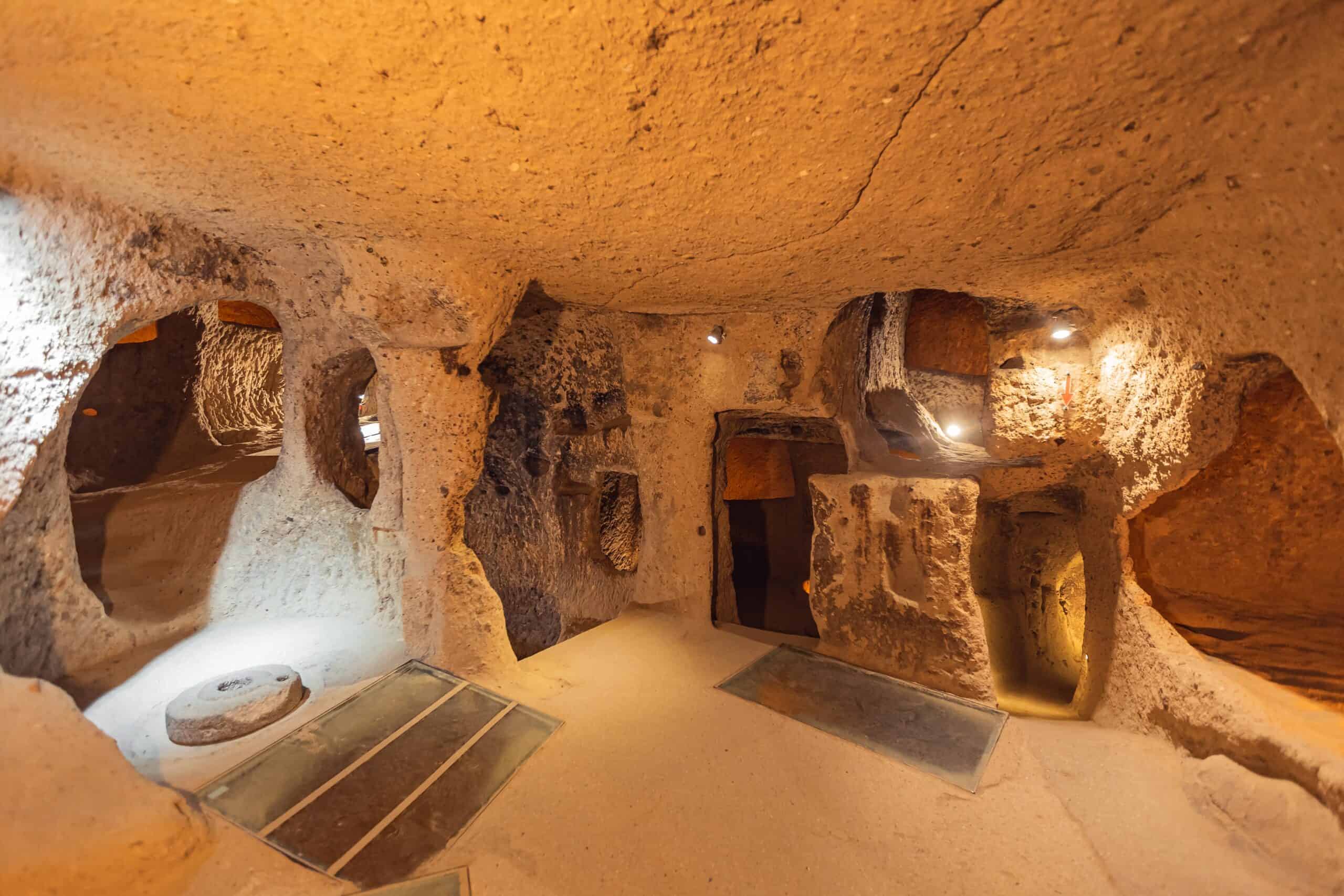
Derinkuyu, in Turkey’s Cappadocia region, is a sprawling underground city carved from soft volcanic rock. It dates back to the 8th century BCE and was expanded over time. The city could house up to 20,000 people, including their livestock and food supplies. It served as a refuge during invasions, with tunnels connecting to other underground cities in the region. Its complex system of ventilation shafts, wells, and hidden entrances showcases advanced engineering. Derinkuyu remains one of the most extensive and well-preserved underground cities in the world.
Naours, France
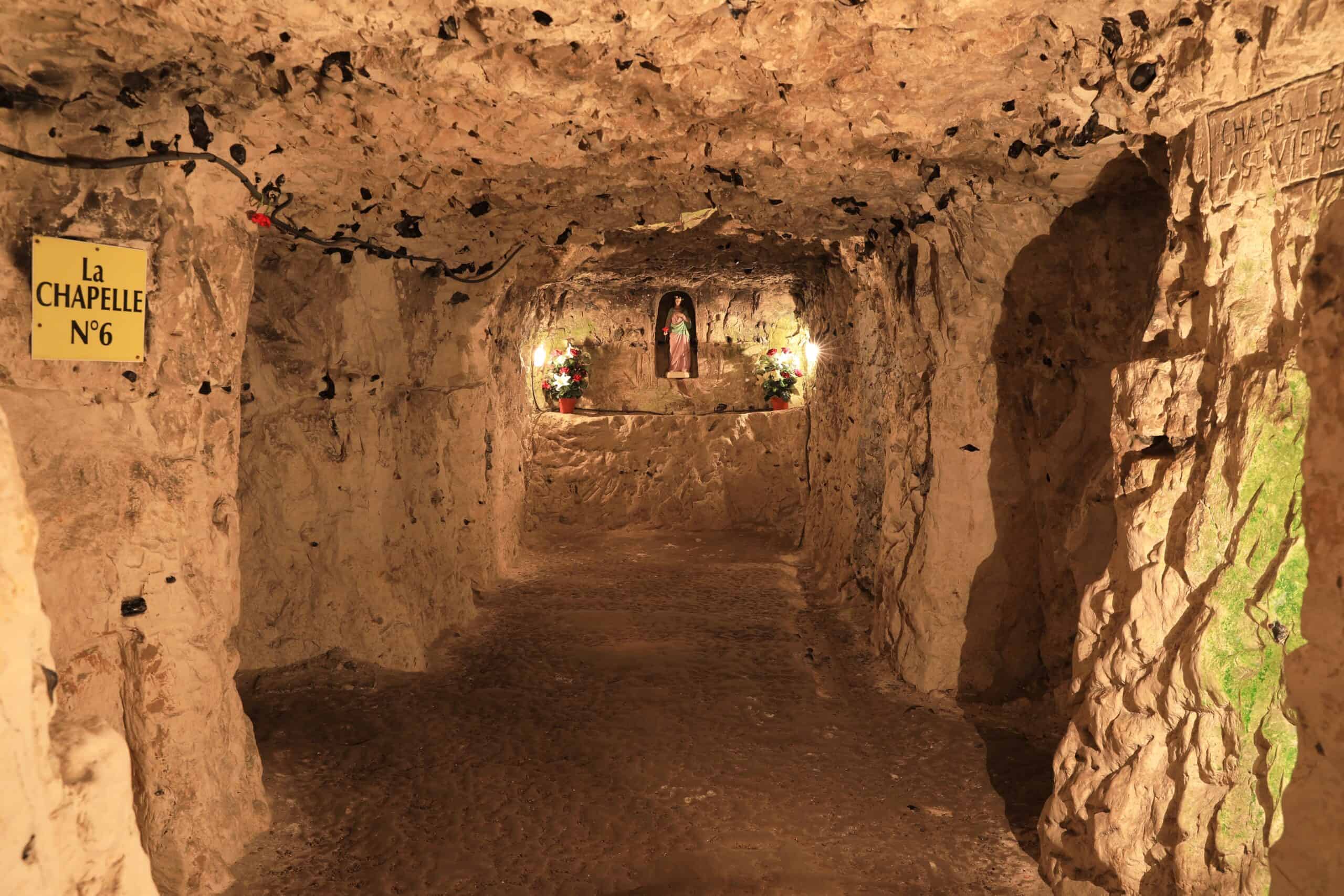
Naours, located in northern France, is a vast underground city with over 300 rooms. It was initially carved out during the Middle Ages to shelter locals from invaders. During World War I, it became a refuge for soldiers, who left behind graffiti that still covers the walls. The network includes chapels, wells, and bakeries, showing how entire communities could live hidden from the world above. Naours is now a tourist attraction, where visitors can explore the underground labyrinth and discover its fascinating history.
Edinburgh Vaults, Scotland
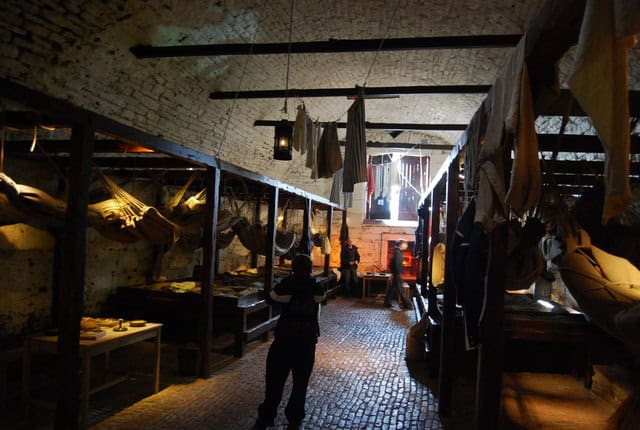
The Edinburgh Vaults, located beneath South Bridge, were built in the late 18th century. Originally used as storage spaces for businesses, they quickly became a notorious slum. The vaults housed the city’s poorest residents, along with illegal activities like gambling and smuggling. Over time, the conditions deteriorated, leading to their abandonment in the 19th century. Rediscovered in the 1980s, the vaults are now a popular site for ghost tours, with tales of hauntings and dark history.
Burlington Bunker, England
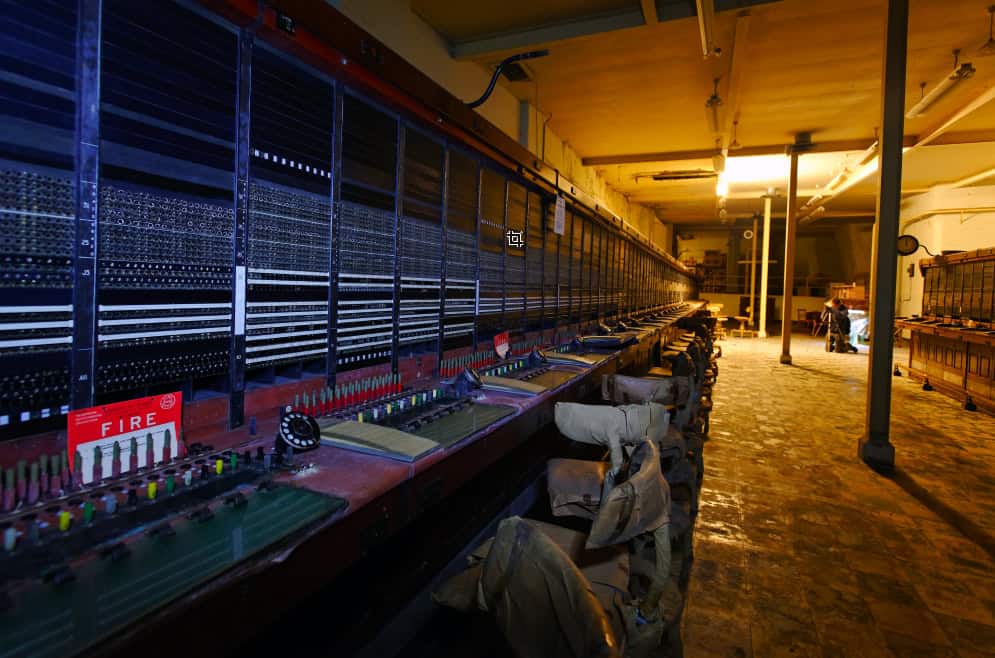
Burlington Bunker, located in Corsham, England, is a Cold War-era underground city. It was built in the 1950s to house the British government in case of a nuclear attack. The sprawling complex could accommodate 4,000 people and includes offices, living quarters, and a BBC studio. Its existence was kept secret until 2004, when it was decommissioned. The bunker remains a relic of the Cold War, a reminder of the lengths nations went to prepare for the unthinkable.
Wieliczka Salt Mine, Poland
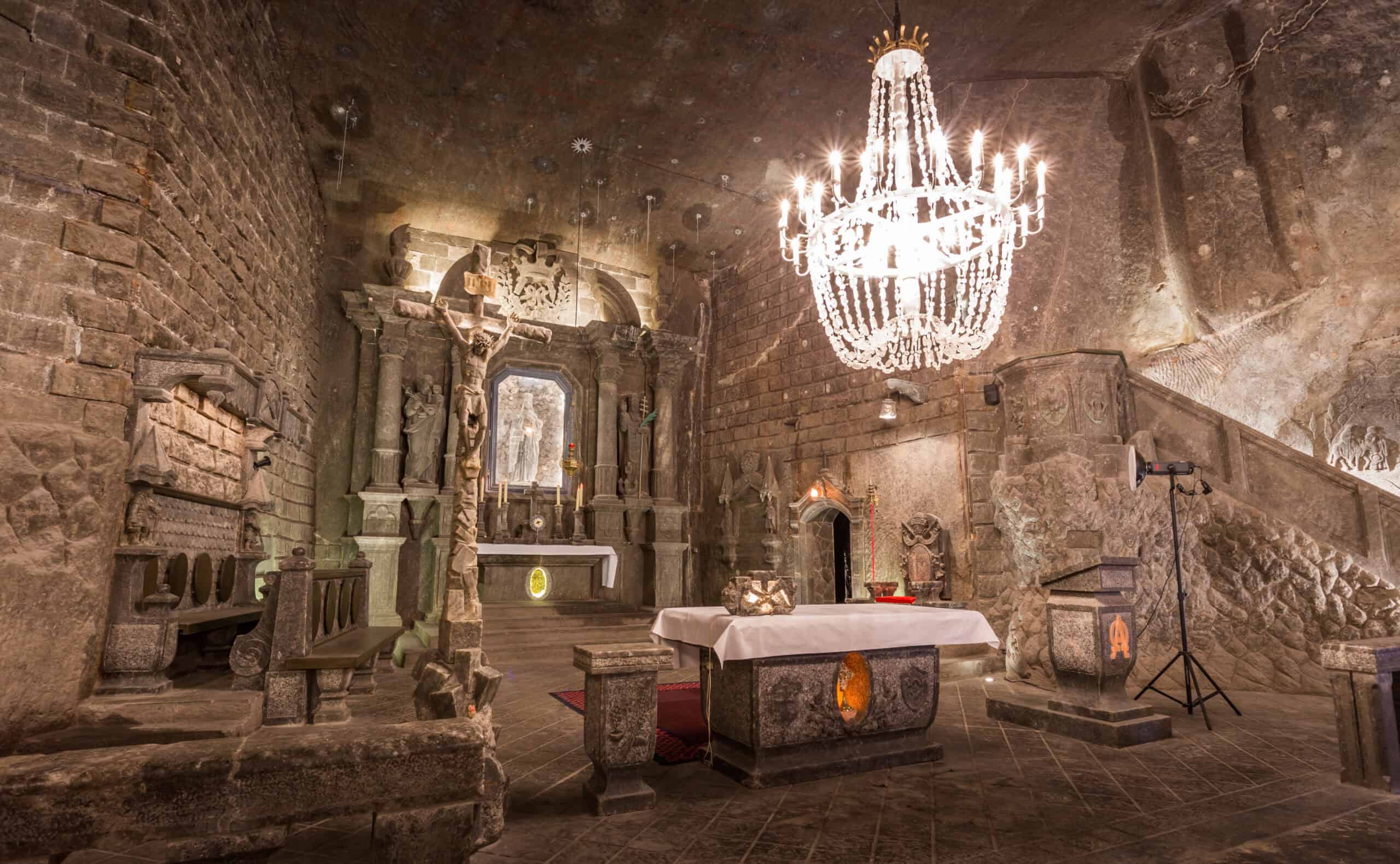
Wieliczka Salt Mine, near Krakow, Poland, is a vast underground complex that dates back to the 13th century. Initially, a working salt mine, it evolved into a subterranean city, with chapels, sculptures, and even a lake carved from salt. The mine operated for over 700 years and is now a UNESCO World Heritage site. Visitors can explore the intricate labyrinth of tunnels and chambers, marveling at the craftsmanship and history preserved within its salt walls.
Coober Pedy, Australia
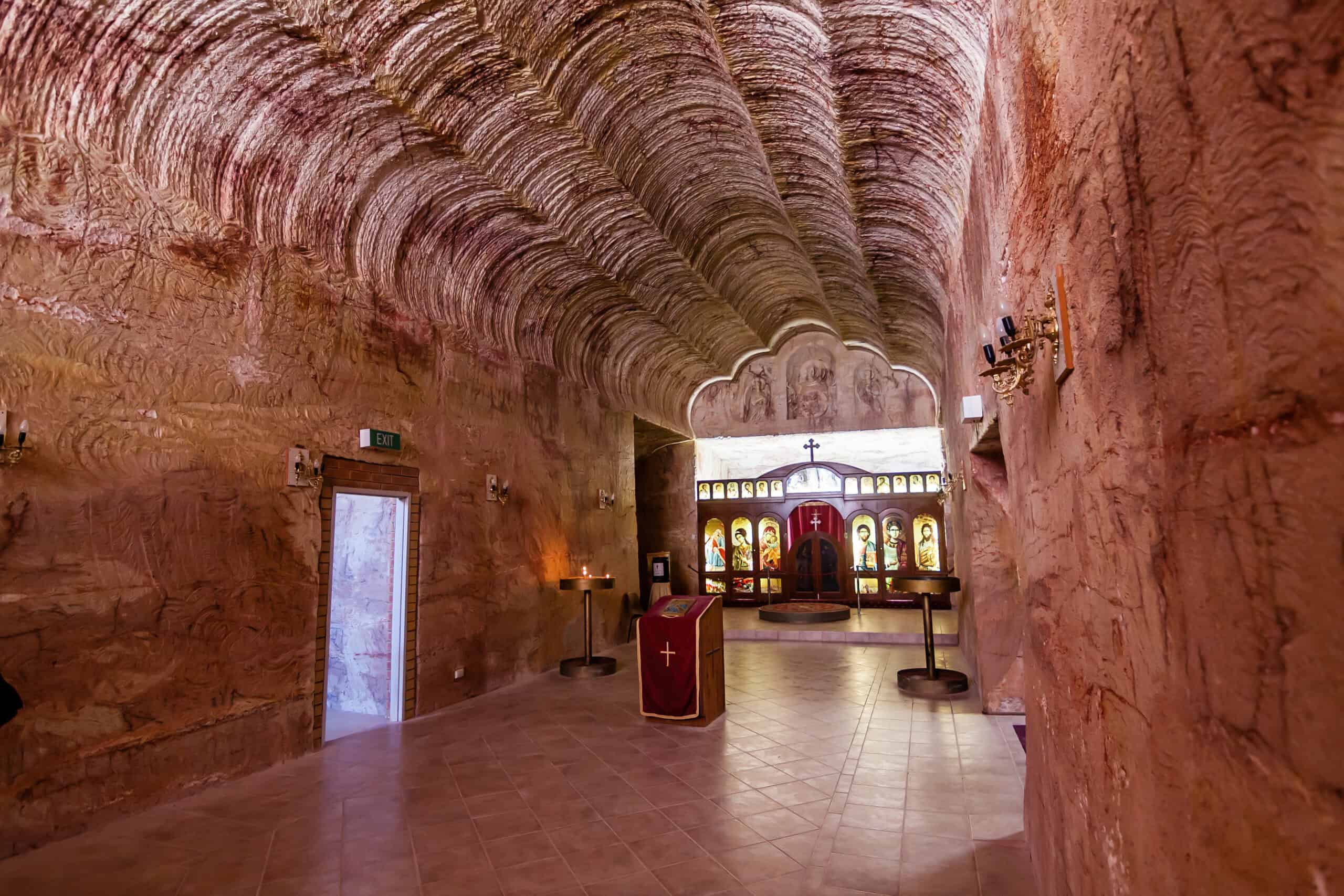
Coober Pedy, known as the opal capital of the world, is a unique underground city in the heart of the Australian Outback. Residents built their homes beneath the surface to escape the harsh desert heat, creating a network of dugouts that include houses, churches, and even hotels. The town’s history dates back to 1915 when opal was first discovered, attracting miners who sought refuge from the scorching sun. Today, Coober Pedy remains a fascinating blend of above-ground and subterranean life, with its underground homes offering a cool retreat in the arid landscape.
RÉSO, Montreal, Canada
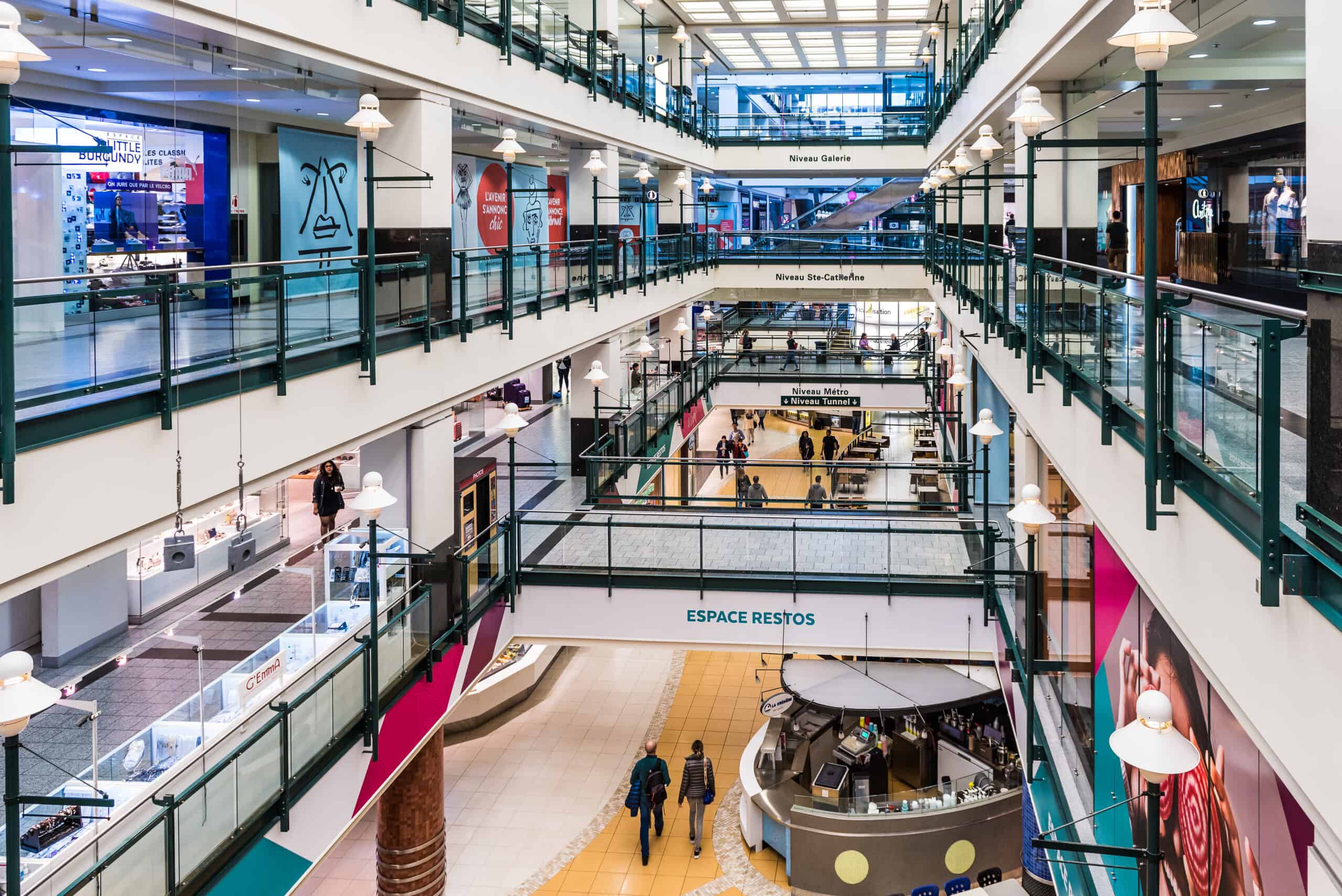
RÉSO, also known as Montreal’s Underground City, is a vast network of tunnels and shopping complexes beneath the streets of downtown Montreal. Spanning over 33 kilometers, it connects metro stations, shopping centers, hotels, and offices, providing shelter from the harsh Canadian winters. Constructed in the 1960s, RÉSO has grown into a bustling underground metropolis, with thousands of people passing through daily. It’s a testament to modern urban planning, offering a unique way to navigate the city while staying warm and dry.
Kish, Iran
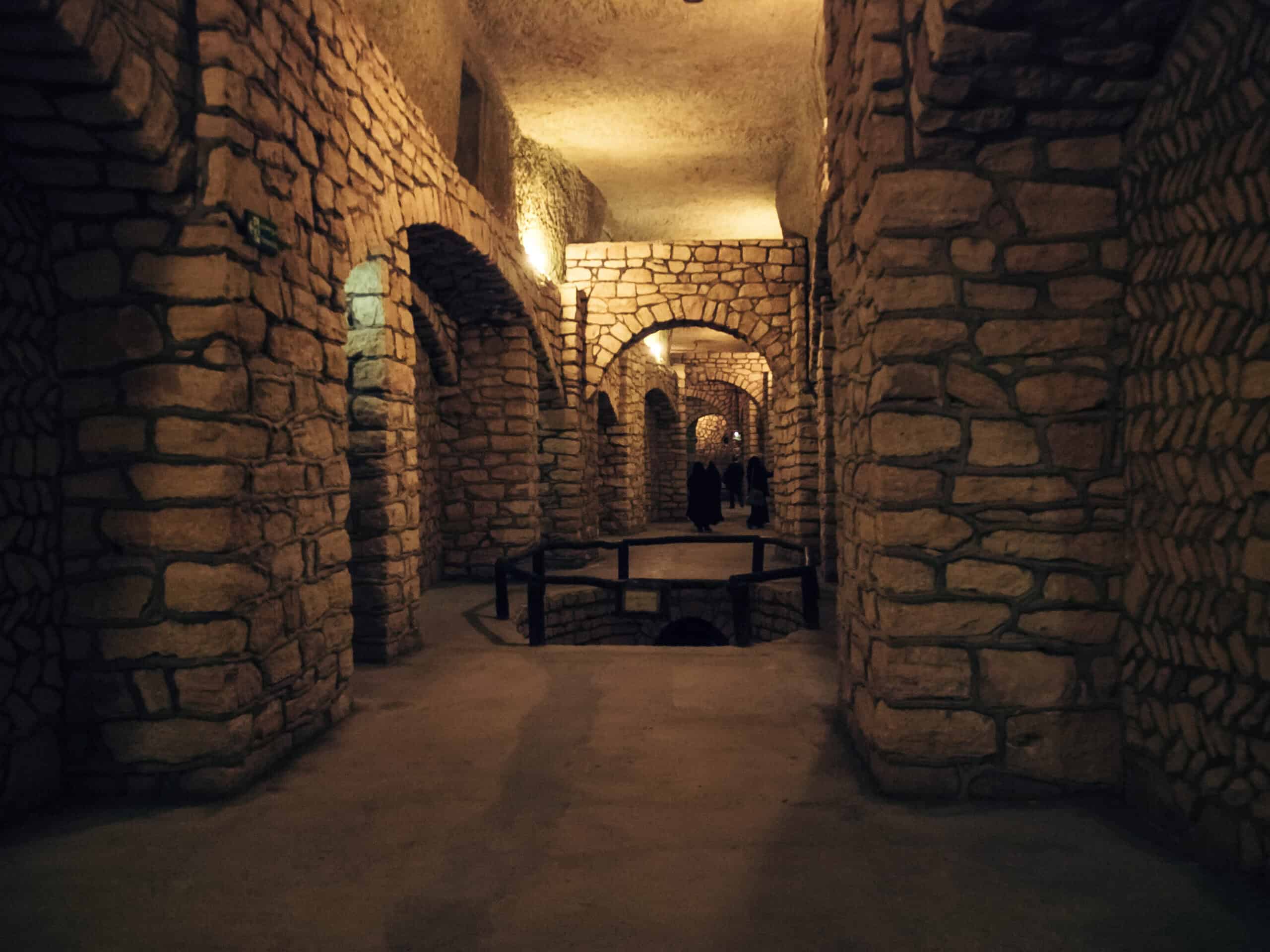
Kish Underground City, also known as the Kariz of Kish, is a fascinating historical site on Kish Island, Iran. Originally an ancient aqueduct system built 2,500 years ago, it provided water to the island’s inhabitants. The tunnels, lined with coral and fossils, extend over 8 kilometers and have been transformed into an underground city featuring shops, cafes, and galleries. Kish’s history as a vital trade and water source is preserved in this subterranean wonder, blending ancient engineering with modern tourism.
Dixia Cheng, China
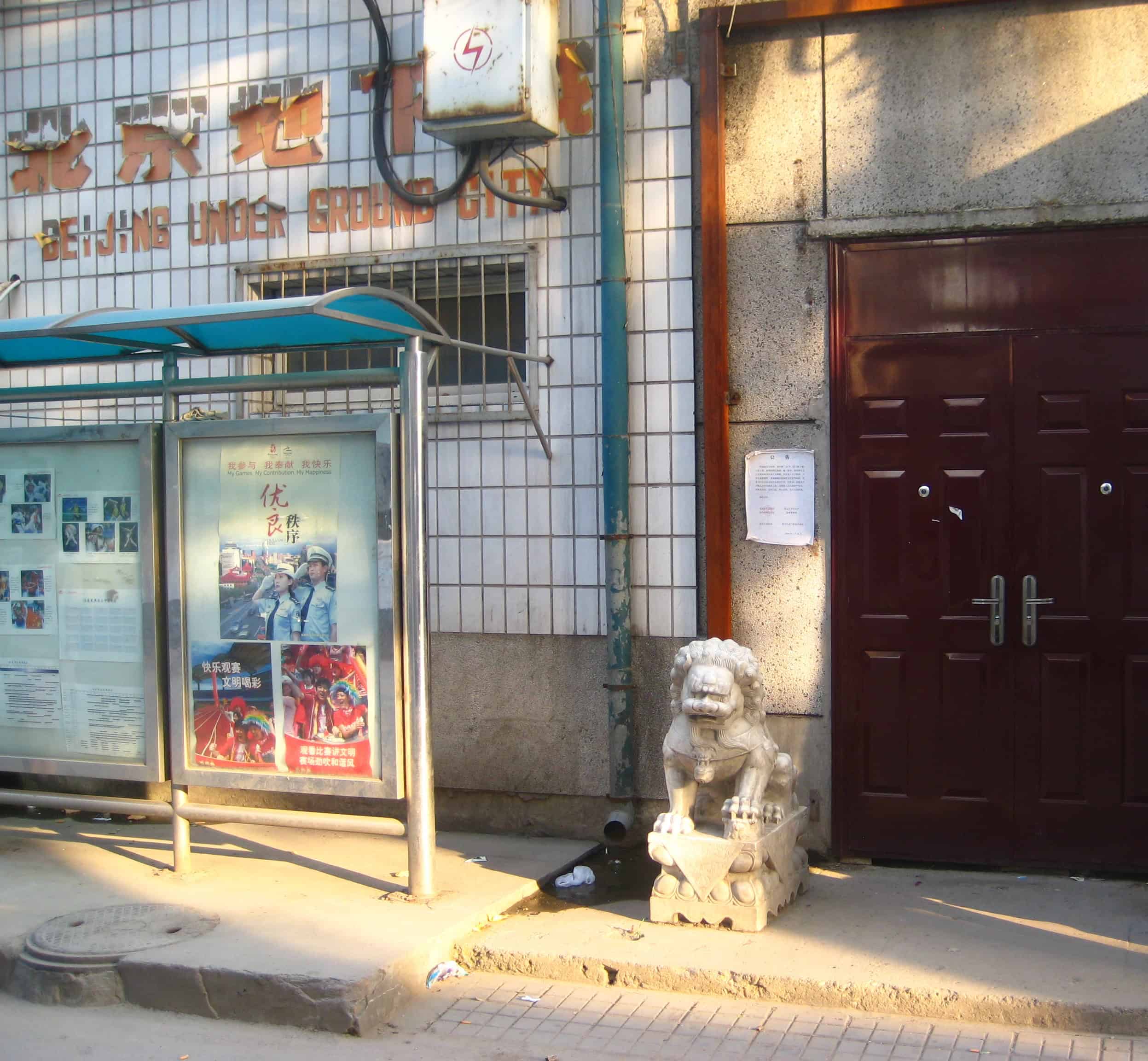
Dixia Cheng, or the Beijing Underground City, is a Cold War-era labyrinth beneath China’s capital. Constructed in the 1970s as a fallout shelter in case of nuclear war, it spans 85 square kilometers and includes facilities like schools, hospitals, and theaters. The underground city was designed to house up to 300,000 people in an emergency. Although never fully utilized, Dixia Cheng stands as a reminder of the tense geopolitical climate of its time, with parts of the tunnels now open for public exploration.
Orvieto Underground, Italy
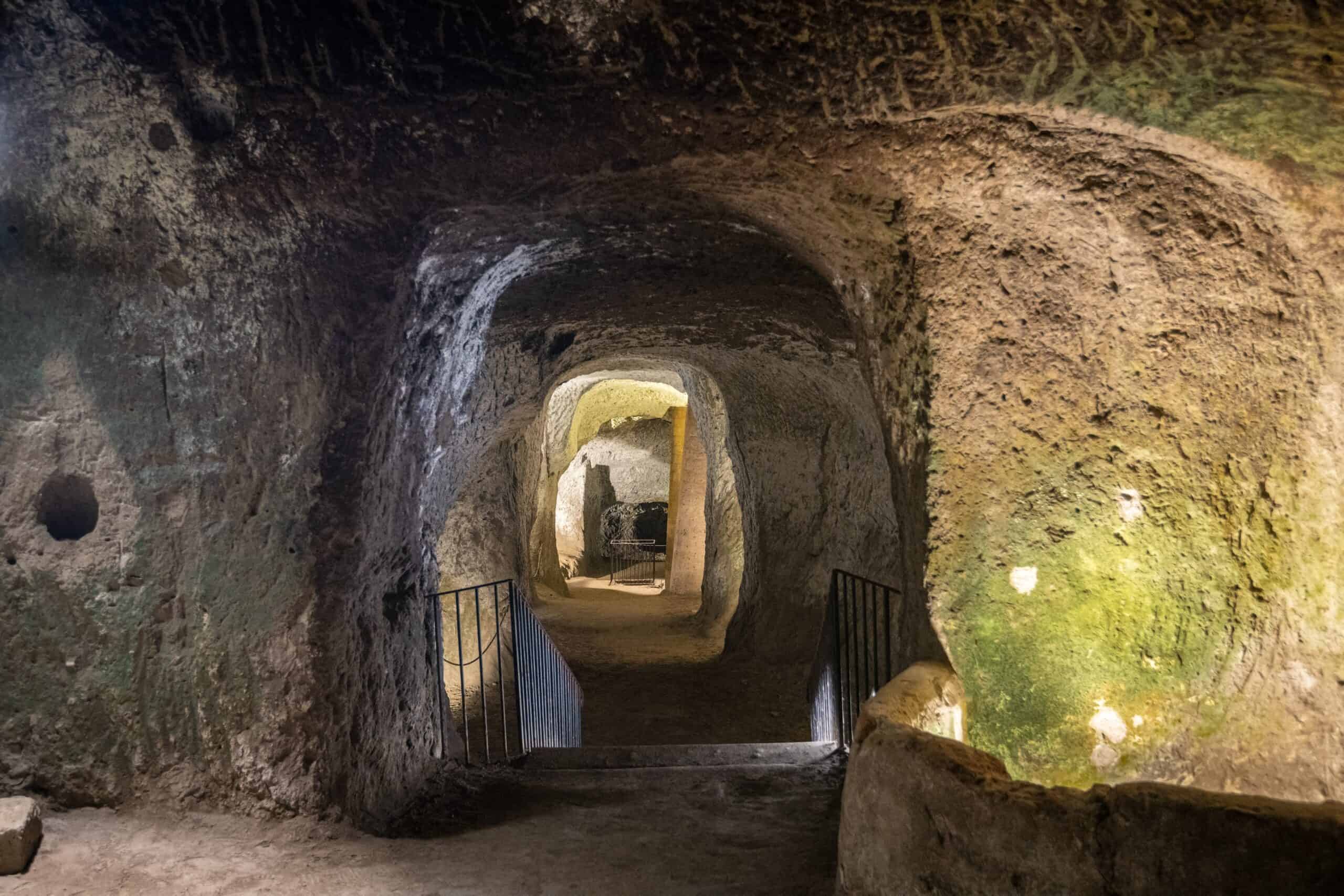
Orvieto, a picturesque town in Umbria, Italy, is built atop a labyrinth of underground tunnels and caves. These tunnels, carved from volcanic rock, date back to Etruscan times and were used for various purposes, including wine storage, olive oil production, and as escape routes. The underground city also features ancient wells and cisterns, showcasing the ingenuity of its early inhabitants. Today, visitors can explore Orvieto’s subterranean world, uncovering the rich history hidden beneath the cobblestone streets.
This article originally appeared on Rarest.org.
More from Rarest.org
The 20 Best Hidden Gems in European Cities
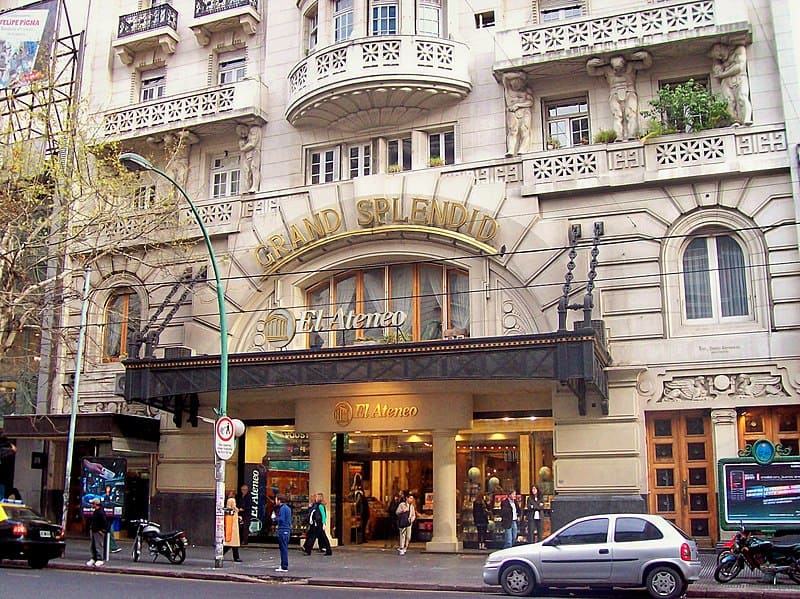
Discovering hidden gems in European cities offers travelers a unique and enriching experience beyond the usual tourist spots. Read More.
15 Most Lucrative Wrestling Promotions

Wrestling promotions around the world have carved out unique niches, offering fans thrilling matches, captivating storylines, and memorable events. Read More.
1975 Jefferson Nickel Value Guide

If you are looking for a new nickel to add to your coin collection, you would be happy to include the 1975 nickel. Read More.
